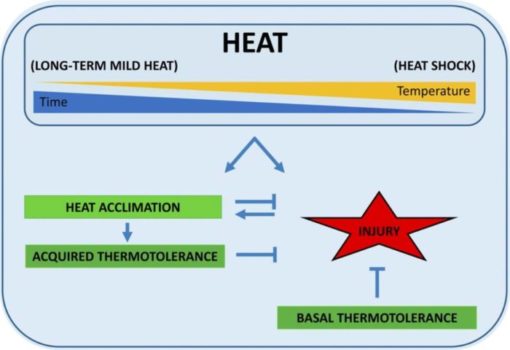
Update: Pollen Development at High Temperature: From Acclimation to Collapse
Plant Physiology: Updates, Research0 Comments
/
The seeds and fruits derived from the sexual reproduction of flowering plants constitute the major part of the human diet. Our capacity to generate sufficient crop yield is increasingly compromised by human population expansion, competition for land use, biodiversity loss, and global climate change.…
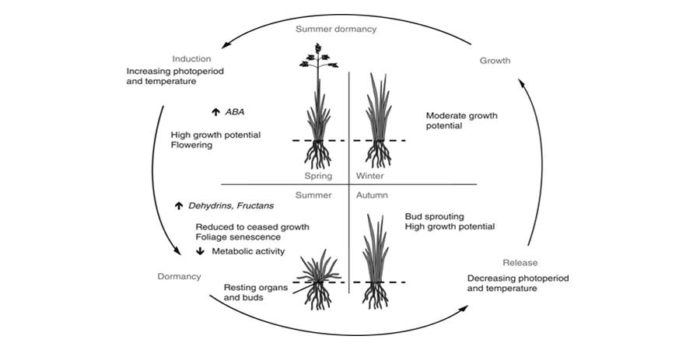
Review: Winter and summer dormancy: similar adaptive strategies?
Plant Science Research Weekly, ResearchDormancy (growth arrest) is a state by which seeds and plants can survive harsh conditions. Seasonal dormancy is a strategy to survive seasonally unfavorable conditions. Plants can display winter and summer dormancy. Although woody species are the main study systems for winter dormancy, herbaceous species…
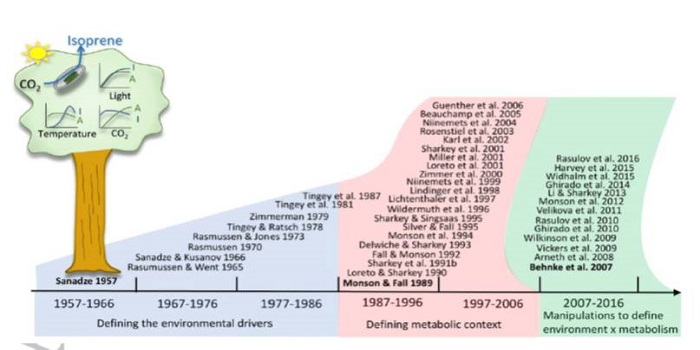
Review: Isoprene research – 60 years later, the biology is still enigmatic ($)
Plant Science Research Weekly, ResearchSixty years ago, the first report of isoprene (C5H8; 2-methyl-1,3-butadiene) emissions from plants was published. Isoprenes are the largest source of non-methane hydrocarbons in Earth’s atmosphere; furthermore, isoprene is reactive in atmospheric chemistry and can be converted into a variety of harmful…
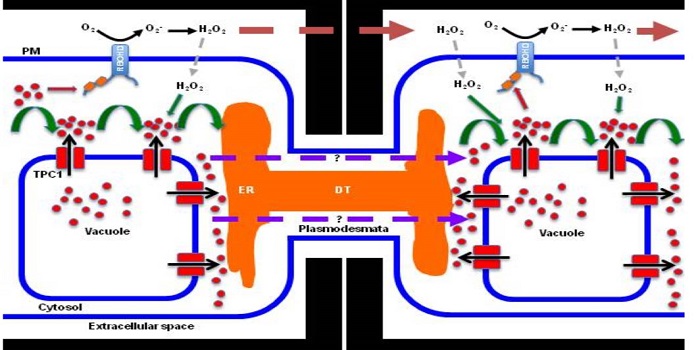
Review: Rapid long-distance signaling with Ca2+, ROS and electrical signals ($)
Plant Science Research Weekly, ResearchThere is ample evidence for rapid, long-distance communication within plants, but our understanding of how these signals are transmitted is incomplete. Choi et al. review recent advances in intercellular signal propagation via Ca2+, reactive oxygen species (ROS) and electrical signals; these “fast”…
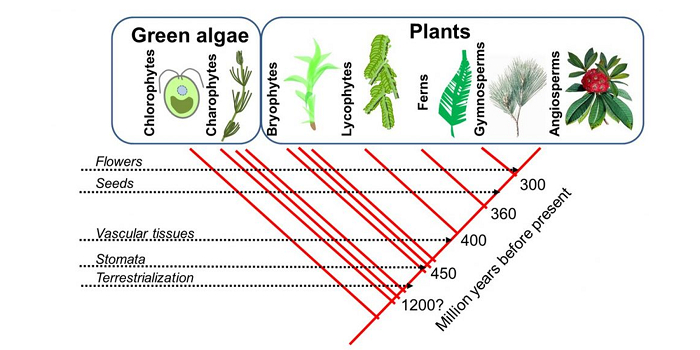
From LUCA to Lily: 12 perspectives for teaching about plants
Blog, Education, Resources, Resources, Undergraduate
The other day I was talking to a friend about the need to demystify plants, so that teachers feel as confident in their teaching of plant biology as they do about animal biology. I wonder if sometimes we teach plants too much in isolation, so it’s not always clear how plants relate to other organisms…
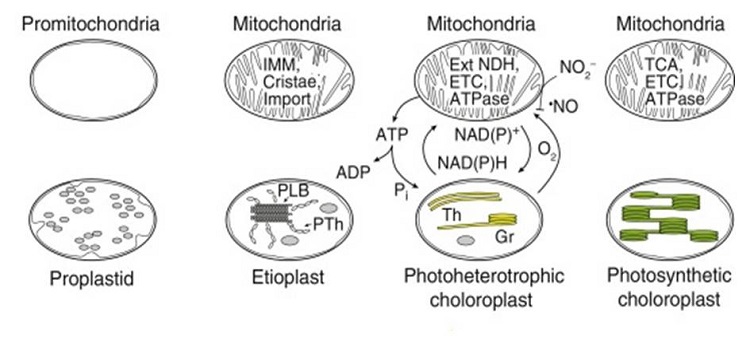
Review: Developmental phase transitions in oxygen status ($)
Plant Science Research Weekly, ResearchHypoxia is a condition in which oxygen availability is insuffient to support normal cellular functions. Hypoxia is often associated with stress such as flooding, and responses to hypoxia include increased glycolytic activity and fermentation. Considine et al. review the role lf hypoxia and tissue oxygen…

Response of US crops to elevated temperatures
Plant Science Research Weekly, ResearchClimate change could affect agricultural productivity by increasing the number of days with temperatures above 30°C that staple crops like soybean, maize and wheat will experience during a given growing season. Schauberger et al. used nine statistical models to assess future threats to US crops. They…
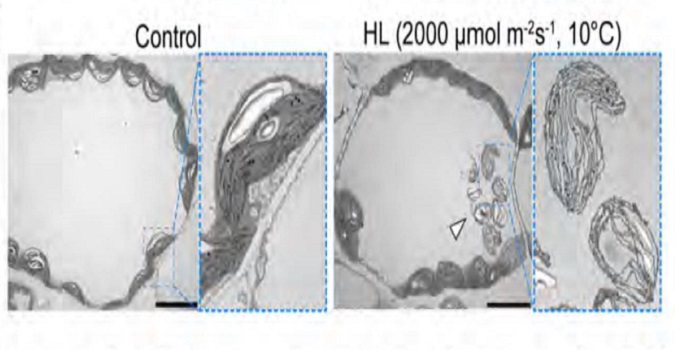
Entire photodamaged chloroplasts are transported to the central vacuole by autophagy
Plant Science Research Weekly, ResearchAutophagy is the process by which macromolecules and organelles are recycled. Previously it was shown that during leaf senescence or energy starvation, chloroplasts are degraded piecemeal by autophagy. In this work, Izumi et al. examined the role of autophagy in UVB damaged chloroplasts, using wild-type…
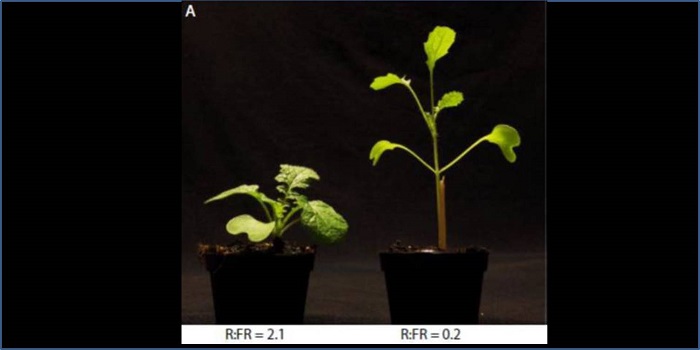
Three Reviews: Phytochrome, shade avoidance and far-red light ($)
Plant Science Research Weekly, ResearchPlant Cell Environ. has a set of reviews on light responses. Ballaré and Pierik (10.1111/pce.12914) review The shade avoidance syndrome: Multiple signals and ecological consequences, Sheerin and Hiltbrunner (10.1111/pce.12915) review the Molecular mechanisms and ecological function of far-red light…

